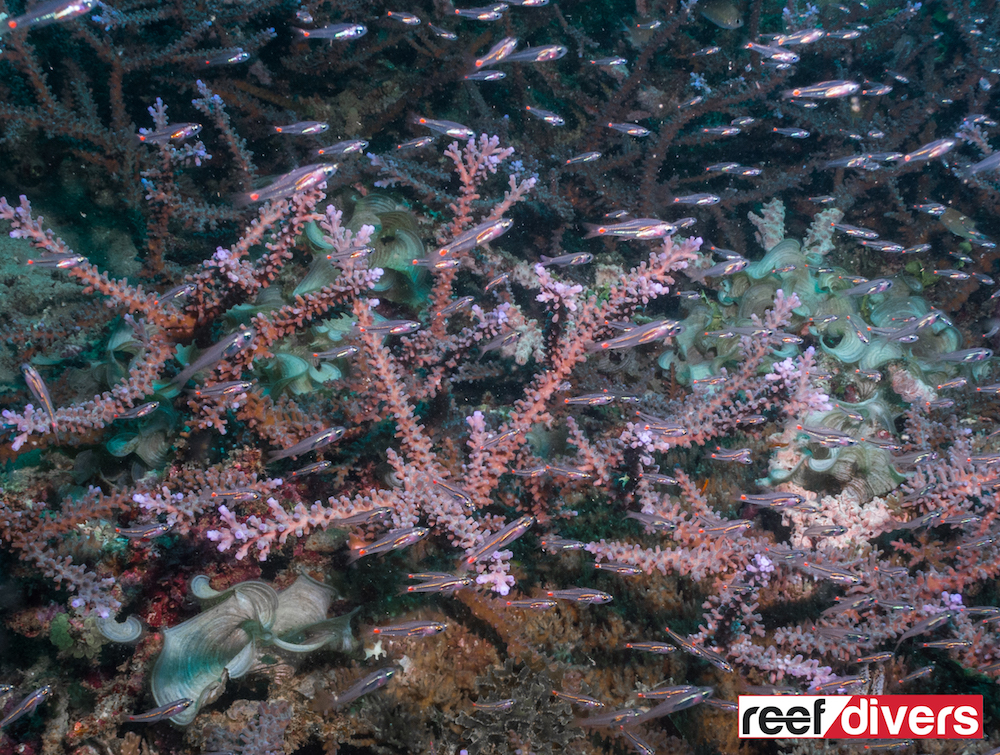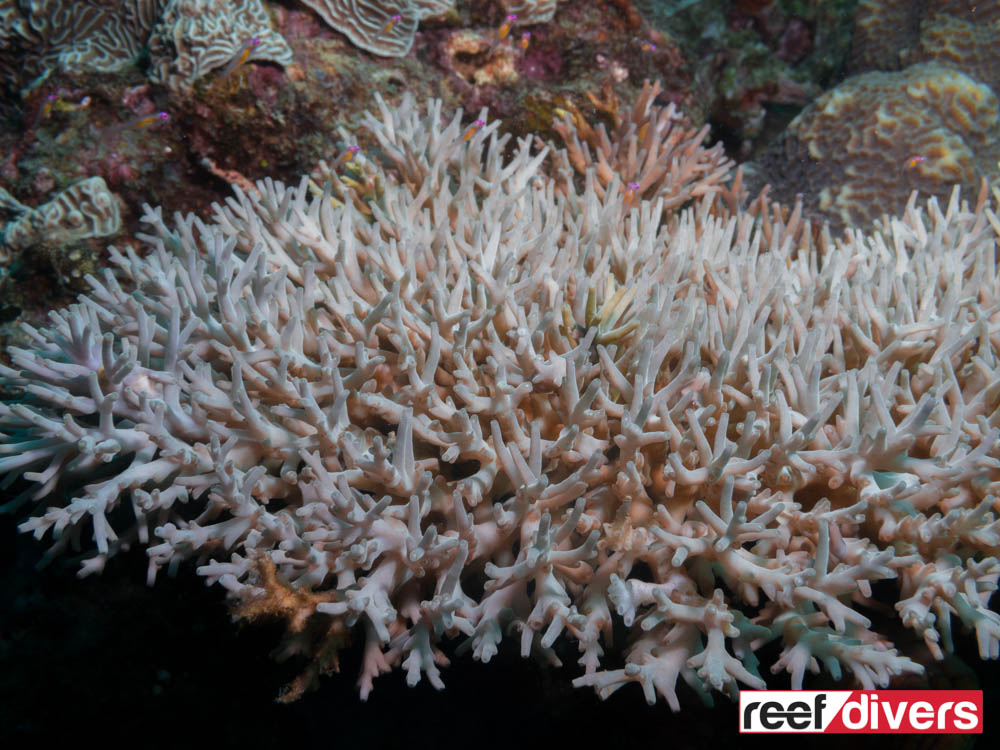Raja Ampat Coral Diaries
How often do you dive just to see coral? No really, how often do you spend your dive photographing corals, looking for corals, and getting amped about finding rare species. It’s easy to finish a dive and start gushing over the beautiful, healthy, amazing coral reef, but take a closer look, and you’ll be lost in the treasure hunt for years to come.
While it might seem daunting, learning to identify corals is easier than you think. Understanding a few key features will help you recognize more coral species each dive.
Acropora
Acropora corals are one of the most abundant, and recognizable corals worldwide. According to the AIMS coral fact sheets, there are more than 100 species of Acropora coral found in the Raja Ampat eco-region.
Raja Ampat is located in the center of the coral triangle. It’s easy to spend weeks looking for coral and still come up short. 100 species is a lot to remember even for experts, so don’t overwhelm yourself by trying to memorize every species. Instead look for traits like branch size, texture and color to narrow your search.
Start off by learning to identify Acropora genus and then try identifying different Acropora species.
One key feature which distinguished Acropora from other corals is the prominent axial corallite. The axial corallite is found right on the tip of each branch, and only Acropora corals have and axial corallite. The corallite is home to the polyp and is part of the coral skeleton. In the images below you can see the branch tips have prominent axial corallites.
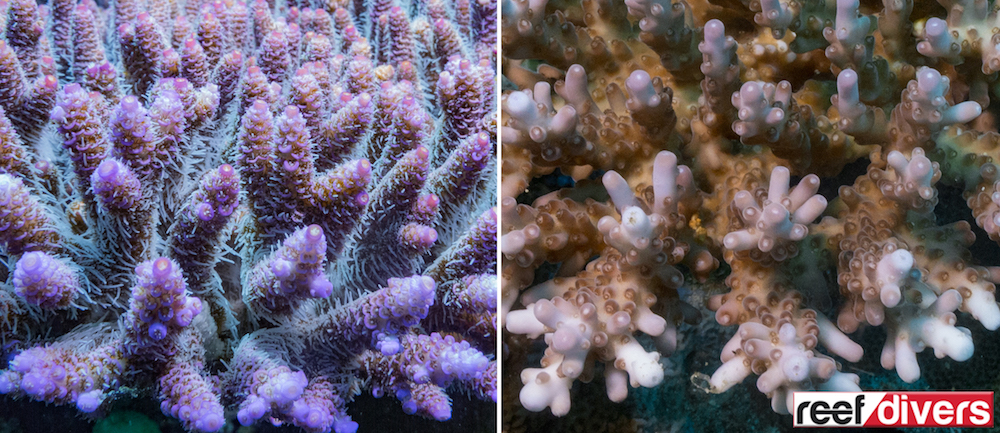

A Closer Look
Once you’ve narrowed down the search for Acropora, take a closer look at corallite structure, the size of branches, and overall growth forms. Many branching Acropora look alike, and their growth forms can vary due to the conditions where they live. The same species of coral may look different in a high flow environment compared to the same species living in calm water.
If you are taking photographs remember to get close ups of the corallites, and full colony shots of corals you want to identify later. Try to include something in the photo for scale which you can use for reference later on. Record any information about where you found the coral, and details about the general environment (depth, flow, light).
Before your next Indo-Pacific dive, try memorizing a few recognizable corals you can look out for during your dive. And remember not to get overwhelmed by trying to learn them all. Start slow and build up your mental catalog of coral ID.
Coral Diaries
Below we’ve put together a photographic diary of Acropora corals from our trip to Raja Ampat. Some of the branching Acropora are harder to identify, and we’ve done our best to give you an accurate representation of the species.
In future articles, we will cover individual Acropora species and the specific traits you need to know for identifying these corals. Two excellent sources for identifying corals are Corals Of The World and AIMS Coral Fact Sheets.
Acropora abrotanoides
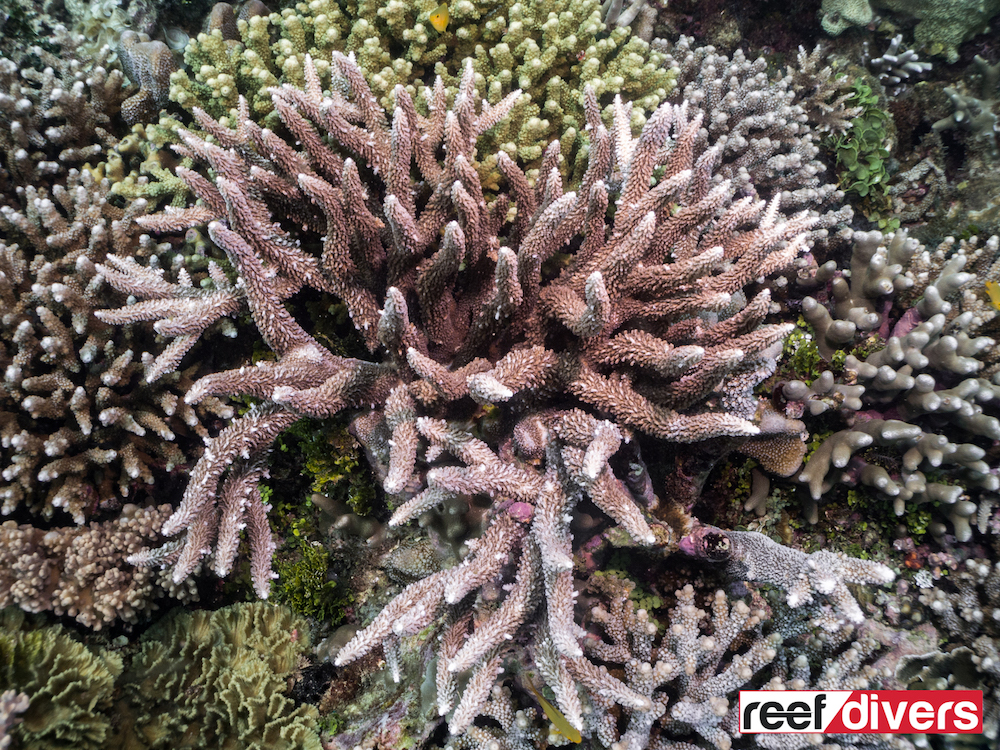
Acropora bifurcata
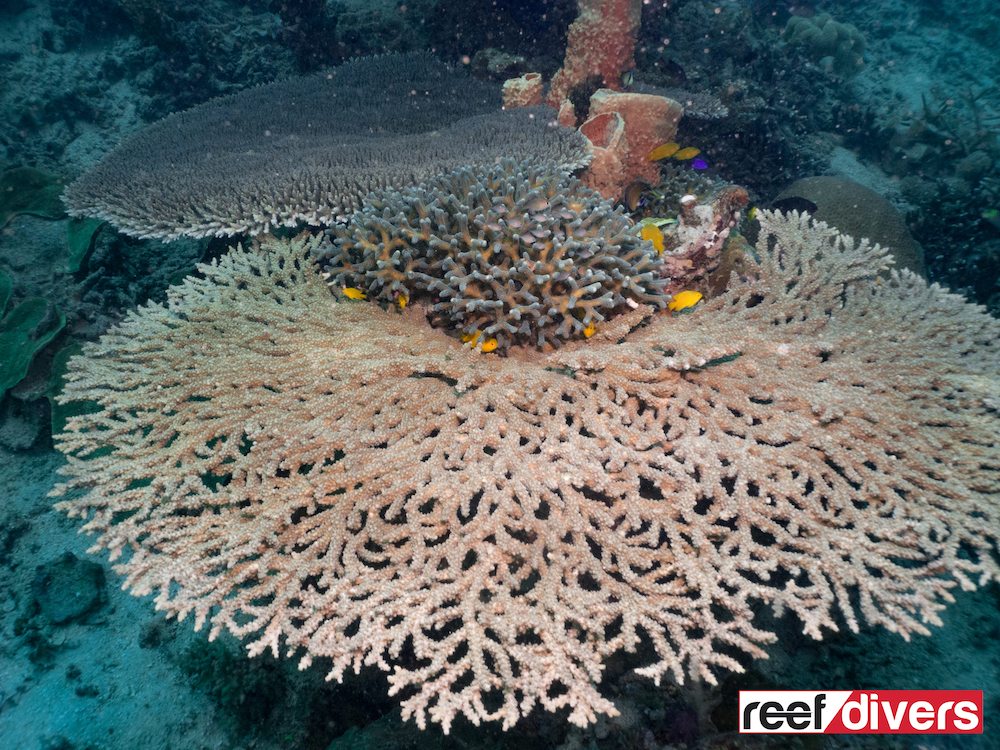
Acropora caroliniana
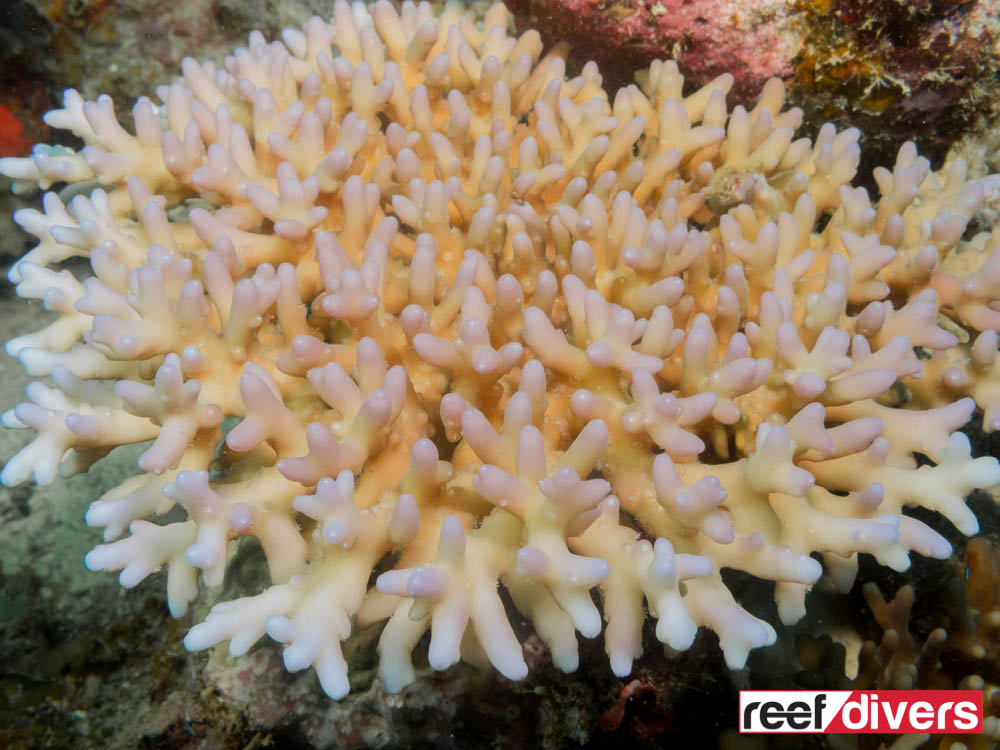
Acropora cytherea
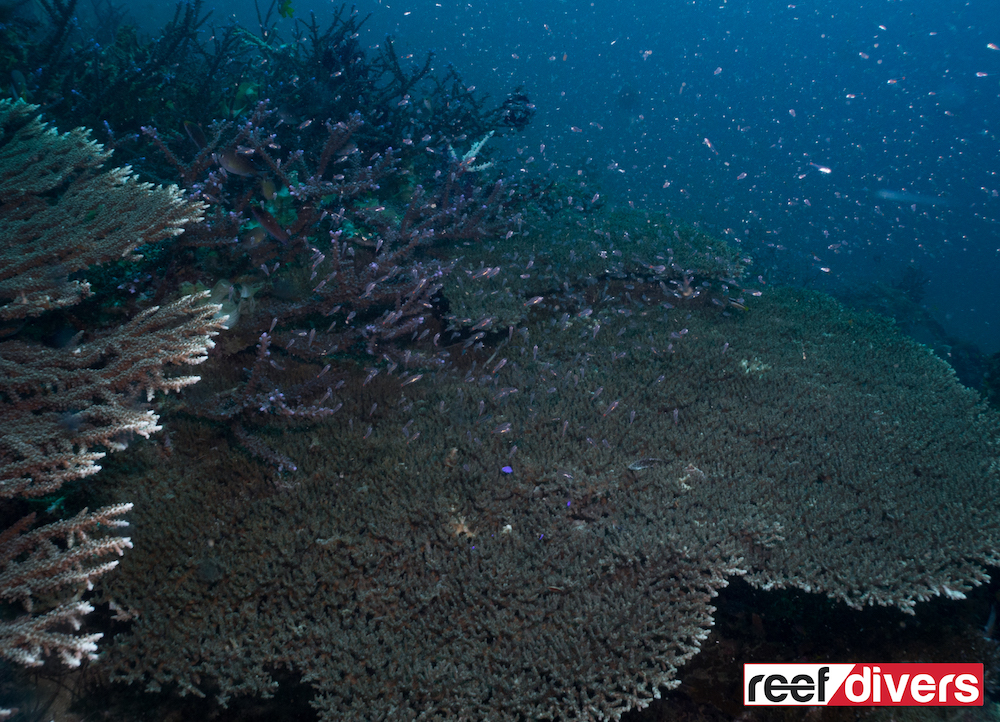
Acropora formosa
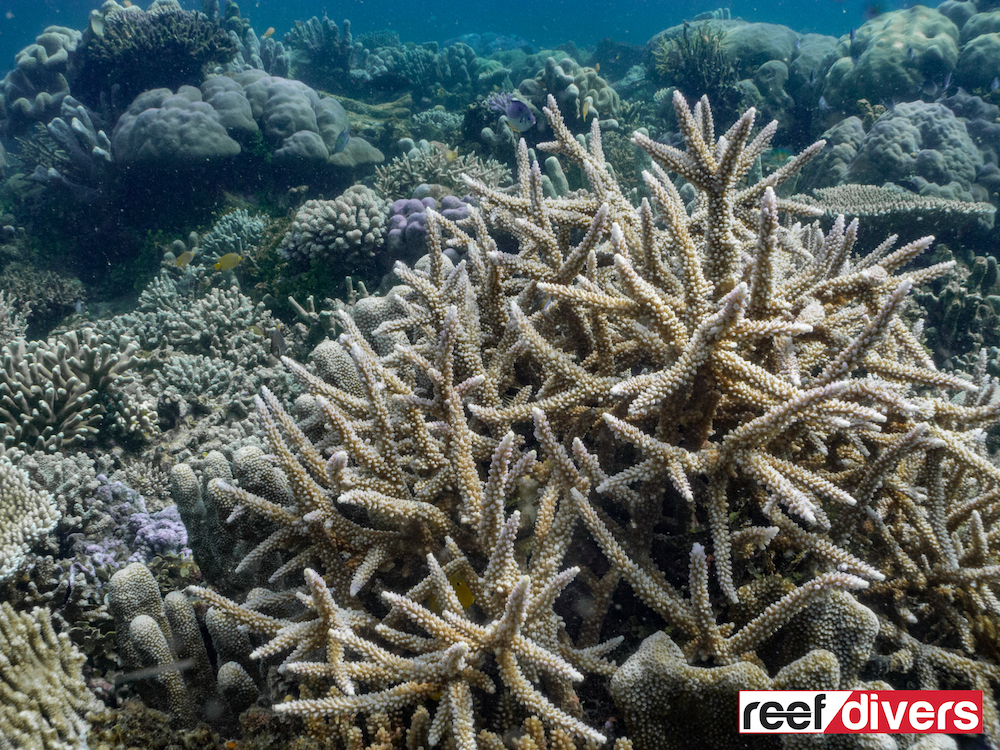
Acropora gemmifera
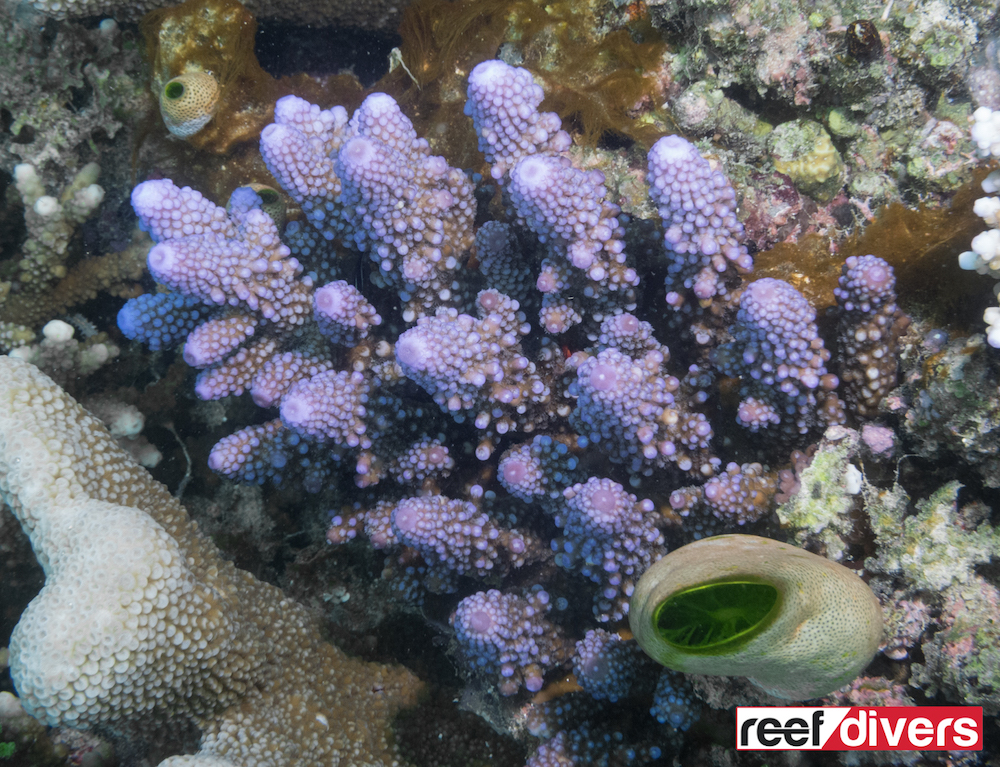
Acropora gomezi
Acropora granulosa
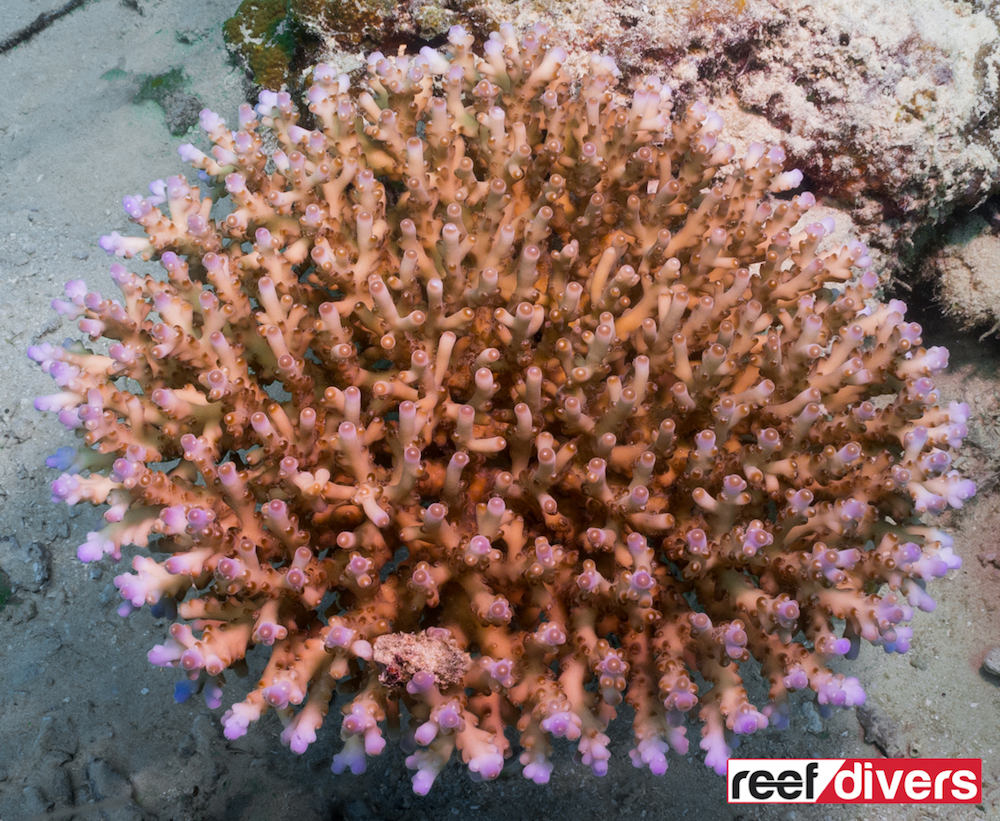
Acropora humilis
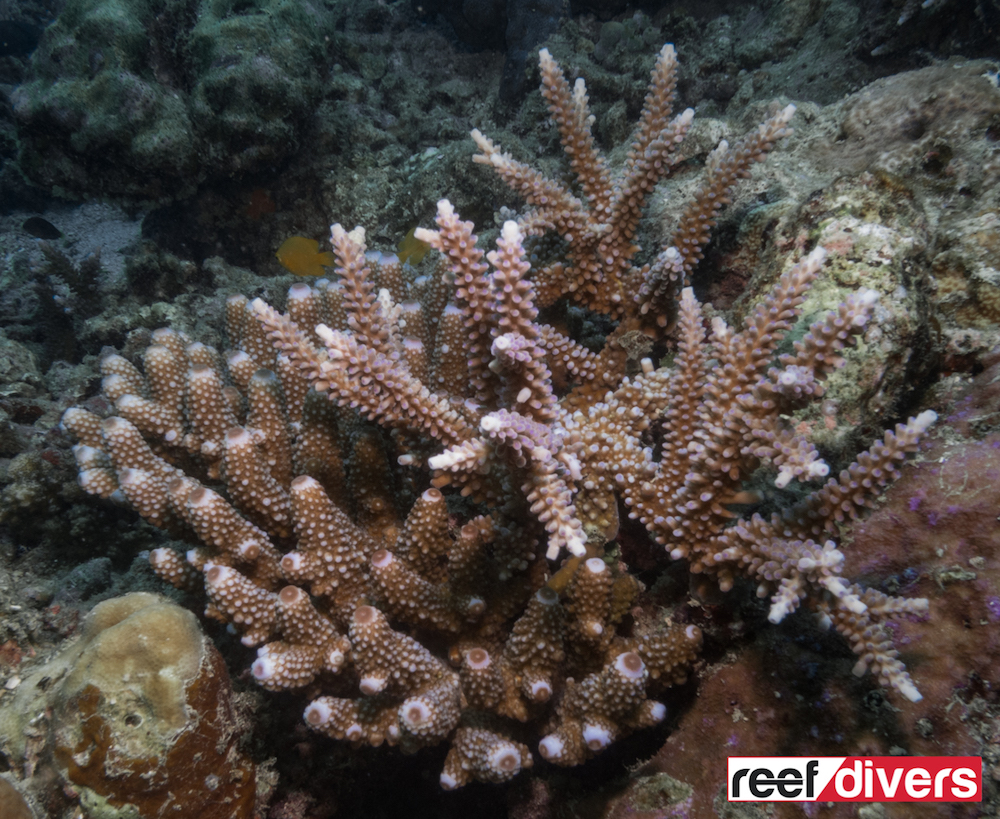
Acropora jacquelineae
Acropora lokani
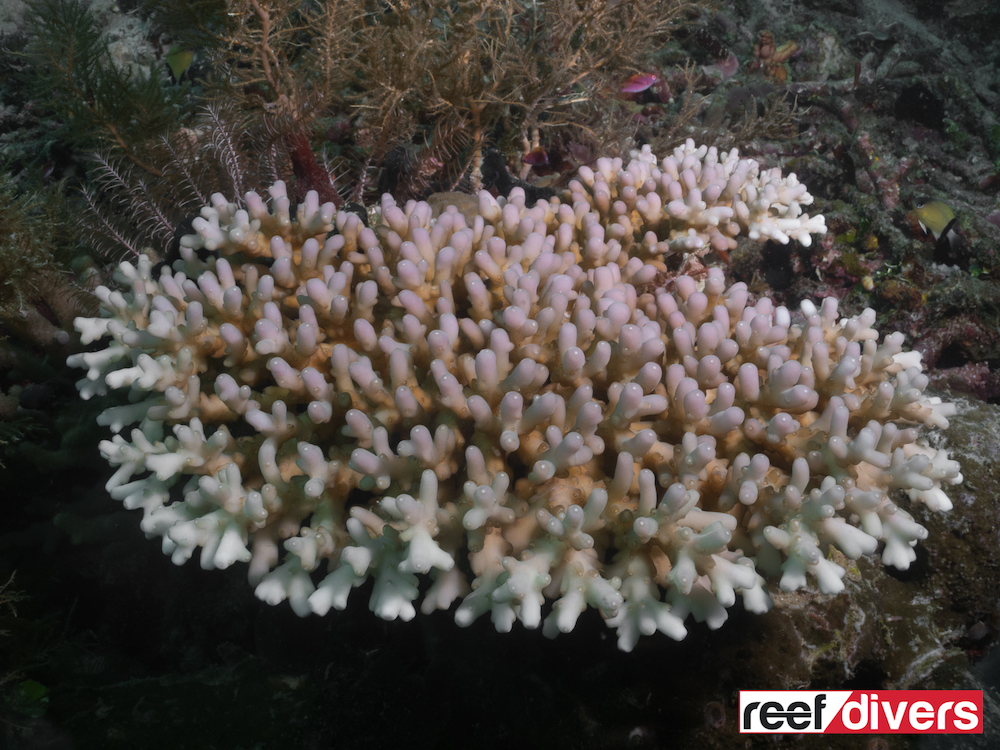
Acropora millepora

Acropora nasuta
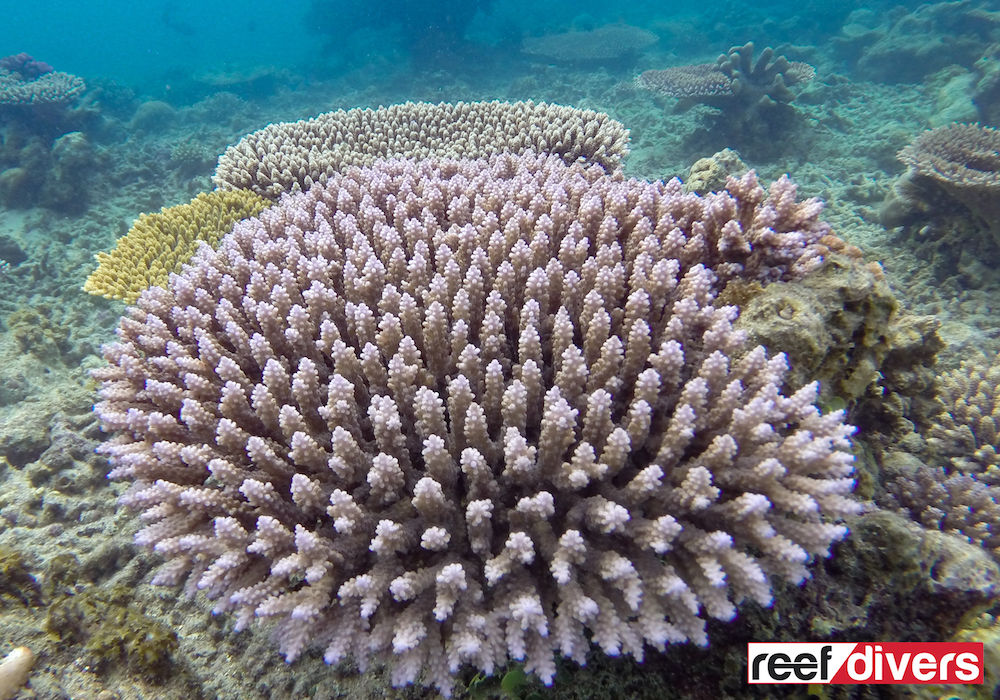
Acropora plumosa
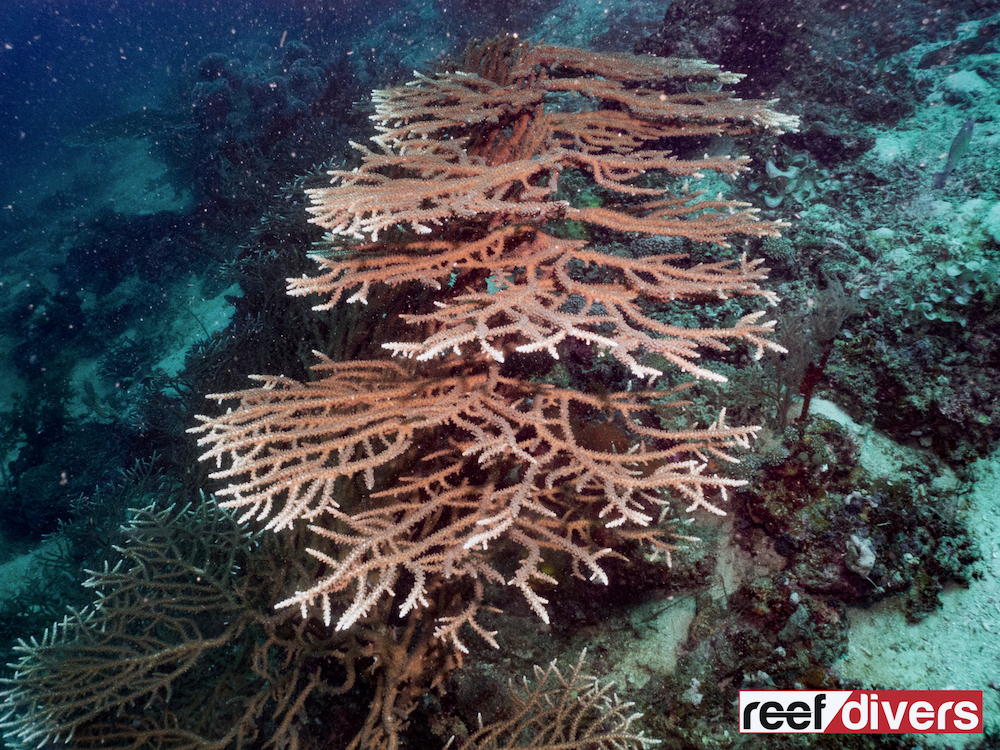
Acropora selago
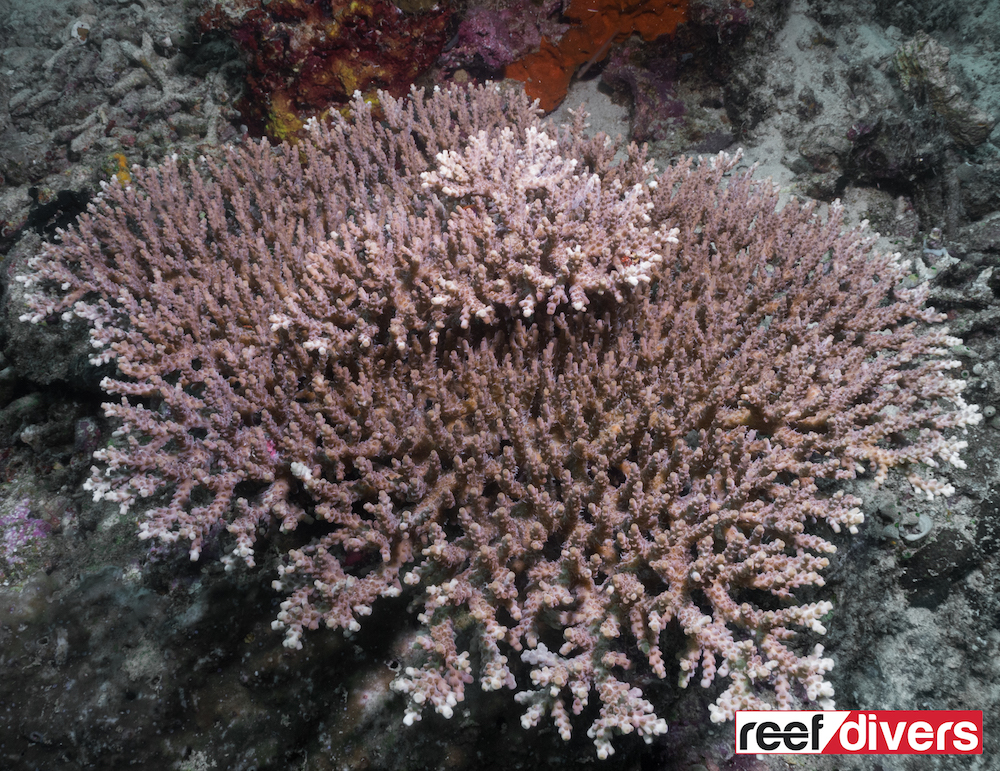
Acropora tenella
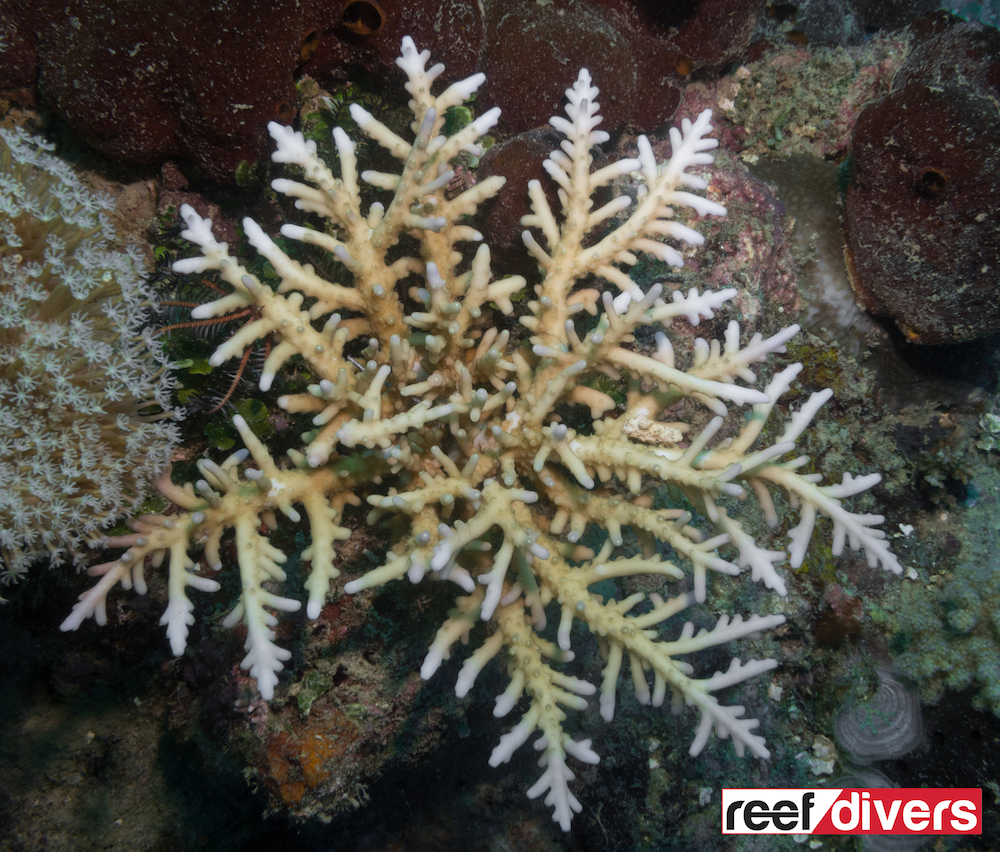
Acropora tenuis
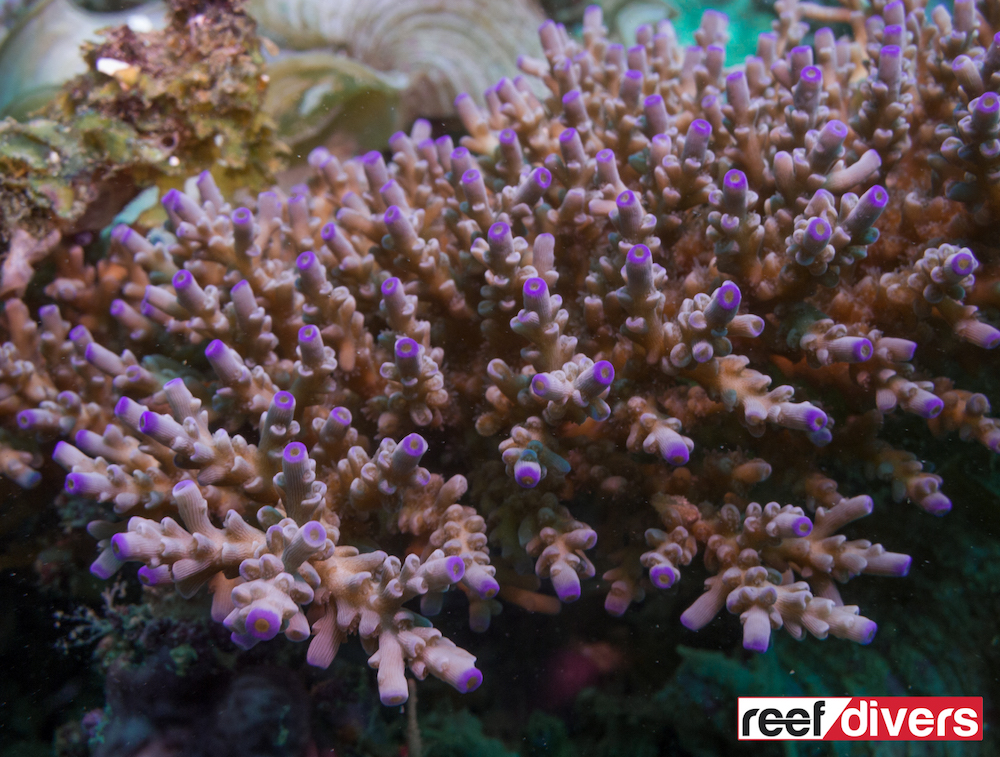
Acropora valenciennesi
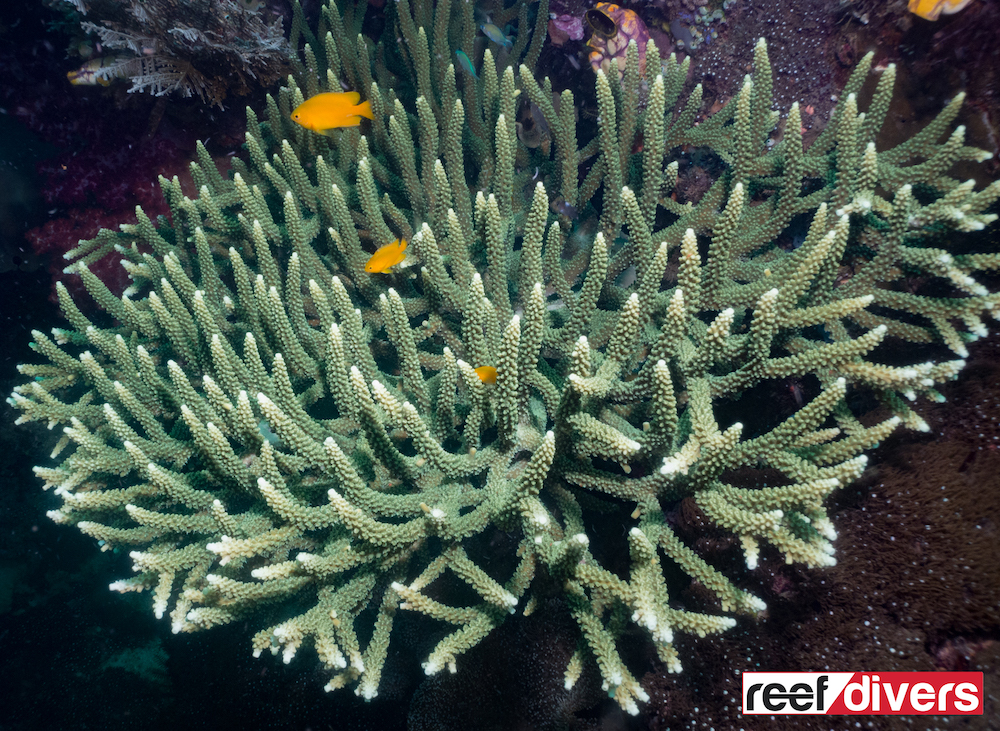
Acropora yongei
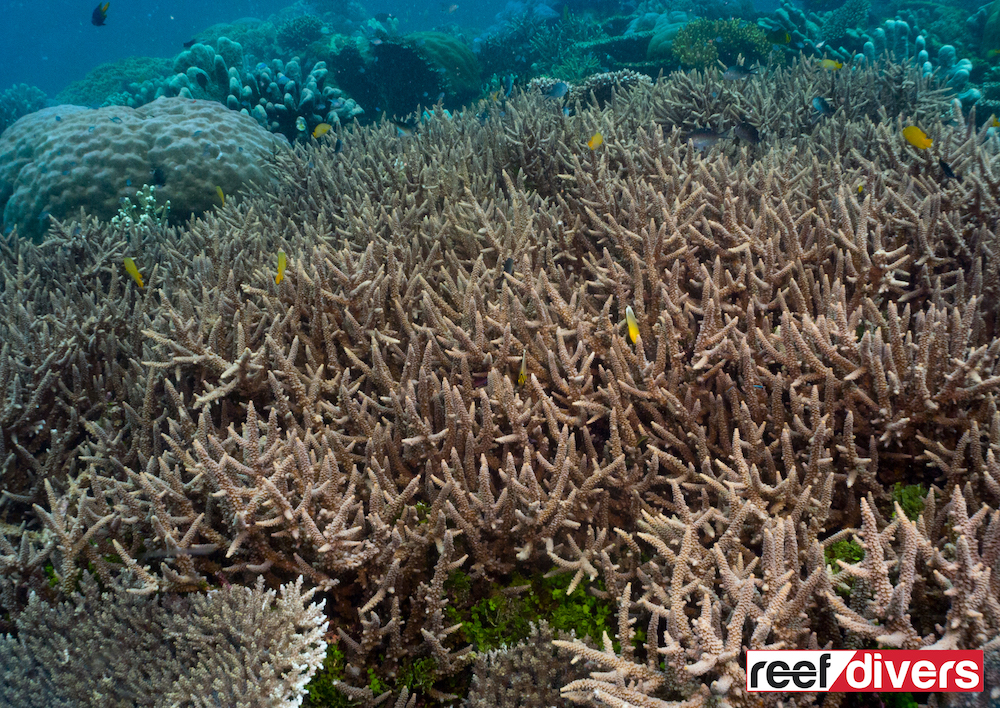
The Coral Diaries series is a list of corals we have seen while diving around the world. We’ve created this series so that you can learn more about corals, and how to identify them on the reef. We encourage you to send us your coral pictures and leave a comment in the section below to learn more about the interesting species you’ve found while diving.



